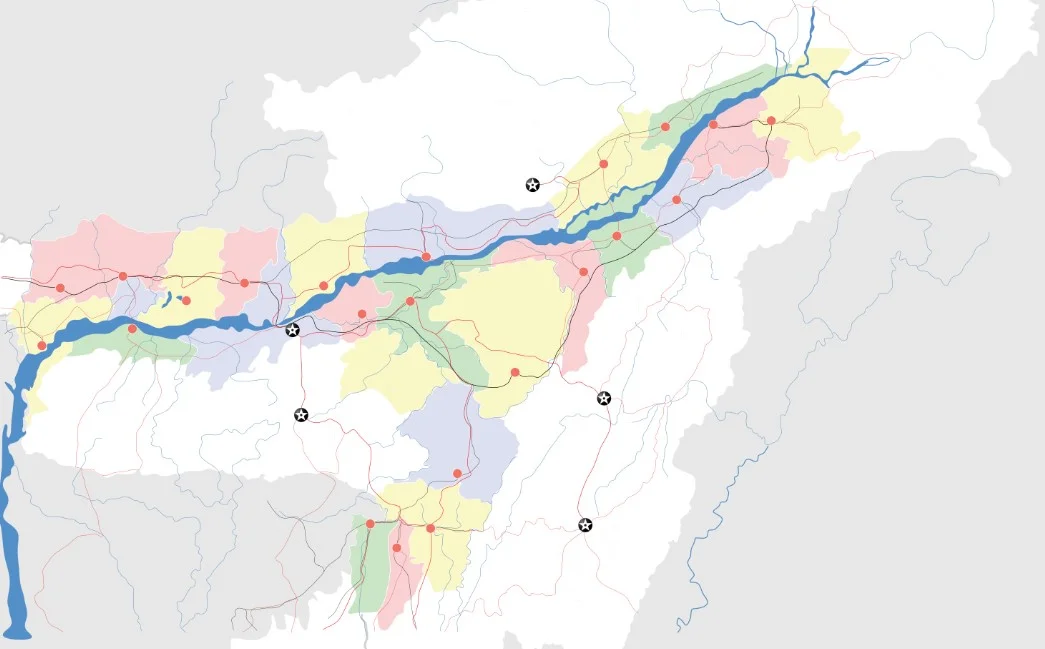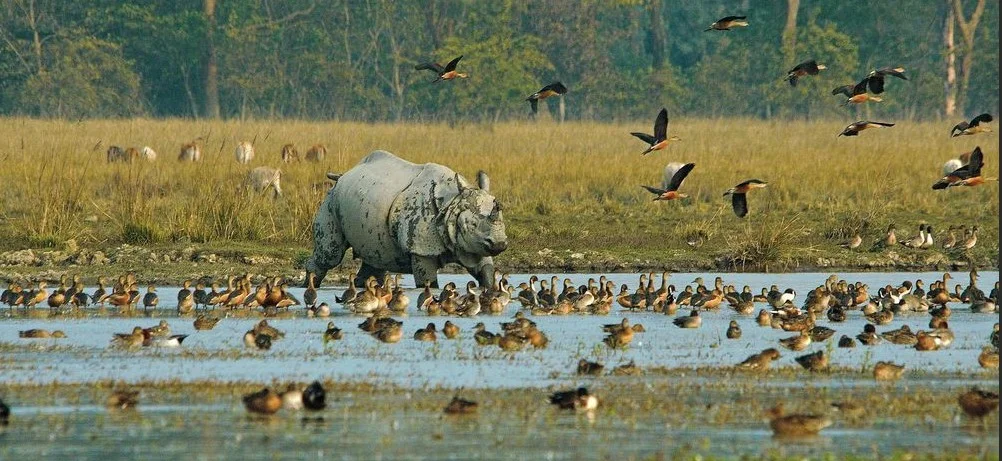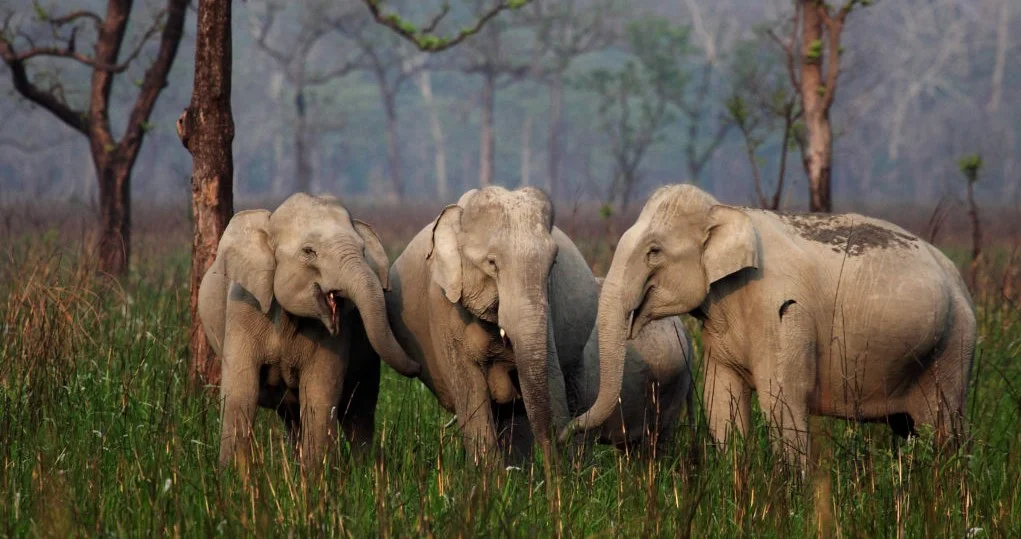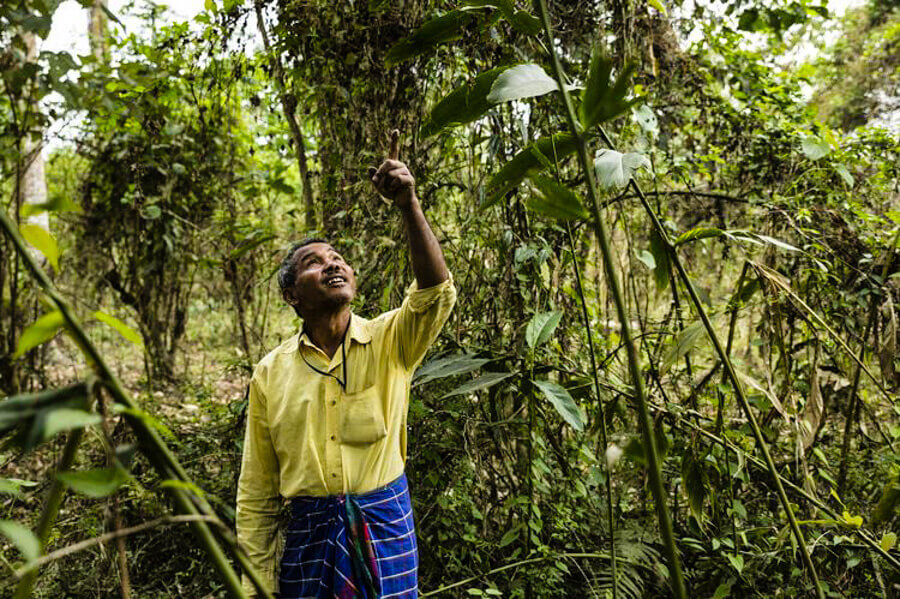The annual bird census at Chilika Lake, conducted on January 18, 2025, revealed intriguing trends. While the total number of birds declined slightly compared to previous years, there was an increase in species diversity, highlighting ecological shifts in this crucial habitat for migratory birds.
Chilika Lake: A Natural Marvel
- Asia’s Largest Brackish Water Lagoon: Spanning 1,165 square kilometers, Chilika Lake is a critical wintering ground for migratory birds.
- Ecological Significance: The lake supports a vast array of bird species, making it a biodiversity hotspot.
2025 Census Highlights
- Total Bird Count: 1,127,228 birds across 196 species.
- Migratory Birds: 1,087,226 individuals from 109 species.
- Resident Birds: 40,002 individuals from 87 species.
Yearly Comparisons
- 2025: 1,127,228 birds (196 species).
- 2024: 1,137,759 birds (187 species).
- 2023: 1,131,929 birds (184 species).
Despite the slight drop in total bird numbers, the variety of species has steadily increased over the years.
Environmental Impact
- December 2024 Rains: Untimely rainfall raised water levels, reducing mudflats essential for waterfowl feeding.
- Bird Behavior: Migratory birds were observed foraging in nearby farmlands, likely due to habitat changes in the lake.
Other Wetlands at a Glance
- Hirakud Wetland: Hosted 377,732 birds of 122 species, showing an increase in numbers.
- Bhitarkanika National Park: Recorded 151,614 birds of 118 species, maintaining stable populations.
Notable Species
- Gadwalls: Dominated the count with 201,926 individuals.
- Northern Pintails & Eurasian Wigeons: Ranked among the most populous species.
- Greater Flamingos: Numbers rose to 2,638, marking a positive trend.
Census Methodology
- Collaborative Effort: Conducted by the Chilika Wildlife Division and Chilika Development Authority.
- Team Composition: 126 experts from various organizations ensured thorough data collection and analysis.
Significance of Chilika Lake
Chilika Lake remains a vital refuge for migratory birds traveling from regions beyond the Himalayas. It offers a safe haven during harsh winters and serves as a preparatory ground for their return journeys.












